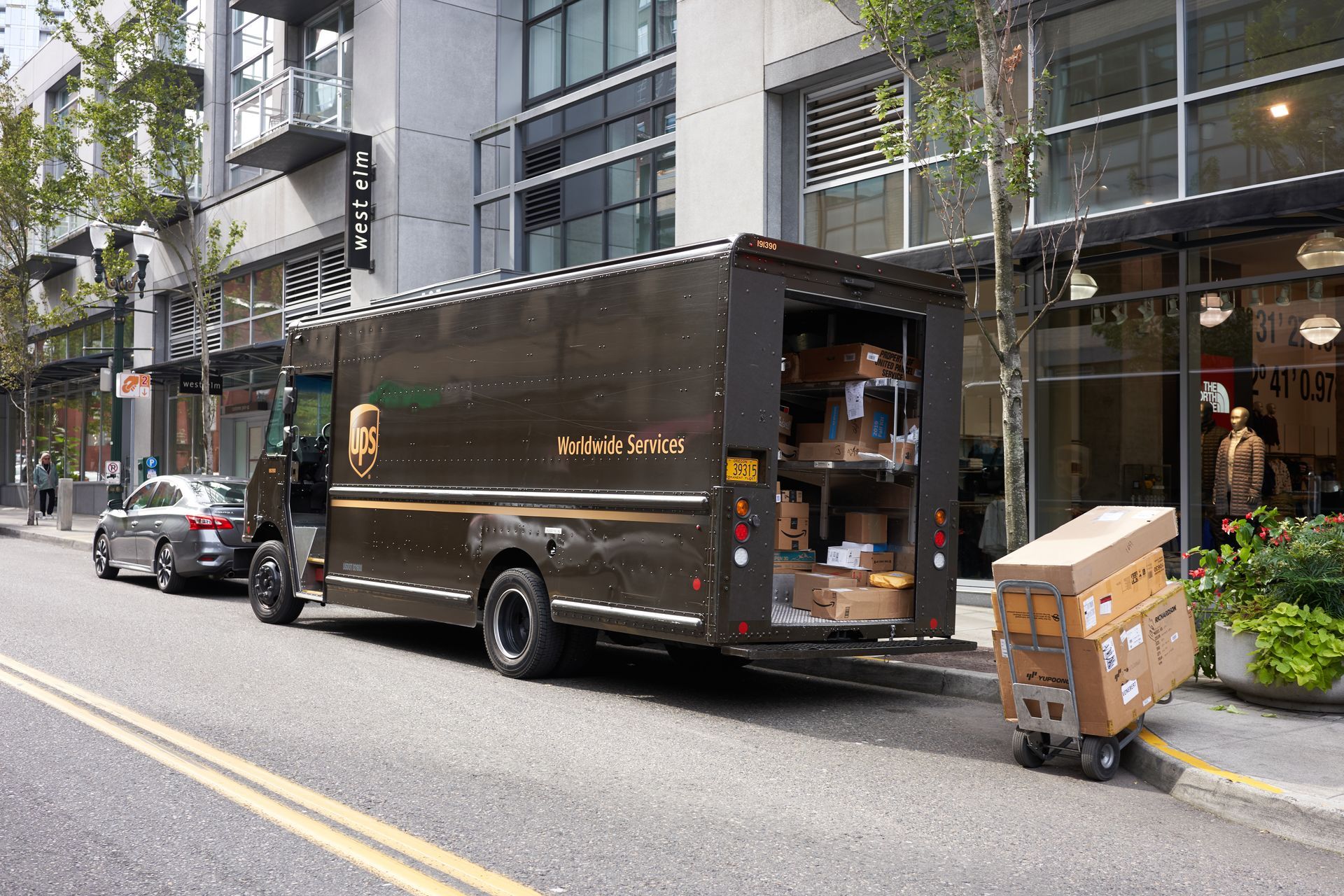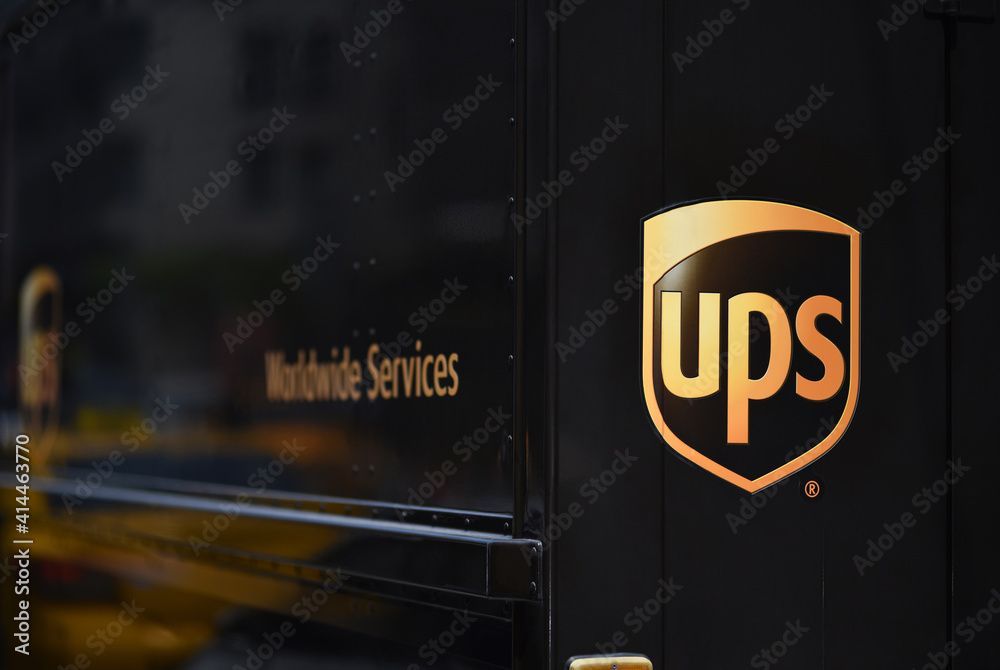USPS Launches Next Day Priority: A Game-Changer for Overnight Shipping?
How USPS’s New Service Stacks Up Against FedEx and UPS in Speed, Coverage, and Cost for Business
In 2025, USPS plans to introduce Next Day Priority in 54 markets, a next-day shipping service targeting retail and online businesses. This service aims to deliver packages overnight to thousands of USPS's last-mile delivery units, covering addresses within 150 miles of regional processing and distribution centers, reaching approximately 87% of the U.S. daily.
Comparison with FedEx and UPS:
FedEx and UPS are known for their reliable overnight and same-day delivery services, often leading in speed and coverage, especially in densely populated areas. USPS's Priority Mail Express and the upcoming Next Day Priority services are competitive alternatives, particularly for businesses seeking cost-effective solutions for overnight shipping. However, FedEx and UPS may offer more comprehensive tracking and specialized handling options, which can be crucial for certain shipments and customers.
Considerations for Businesses:
- Coverage Area: FedEx and UPS have extensive networks that may offer broader overnight delivery coverage compared to USPS's Next Day Priority, which focuses on areas within 150 miles of processing centers. supplychaindive.com
- Pricing: USPS services often provide competitive rates for lighter weight packages, while FedEx and UPS provide more cost effective options for heavier packages. Check 2024 UPS & FedEx General Rate Increase.
- Reliability: FedEx and UPS are often faster than USPS, offering overnight delivery and even same-day service in certain densely populated areas. pitneybowes.com
In summary, USPS's Priority Mail Express and the forthcoming Next Day Priority services offer viable options for overnight shipping, especially for businesses seeking cost-effective solutions. However, FedEx and UPS continue to lead in speed, coverage, and specialized services, making them strong competitors in the expedited shipping market.
USPS’s Next Day Priority is set to shake up the overnight shipping market, but is it the right fit for your business? With FedEx and UPS continuing to dominate in speed, coverage, and specialized services, it’s crucial to evaluate your shipping strategy to stay competitive.
Take action now: Review your shipping data, compare costs, and assess coverage to determine the best solution for your needs. Staying ahead of these changes will ensure your business remains efficient and cost-effective in a rapidly evolving shipping landscape.
For detailed insights and personalized support in navigating these updates, Contact Us Today.
Ready to work with Mindful Logtistics?
Let's connect! We’re here to help.
Send us a message and we’ll be in touch.
Or give us a call today at (919) 368-6169
Agency Contact Form
More Info on Shipping and Saving




